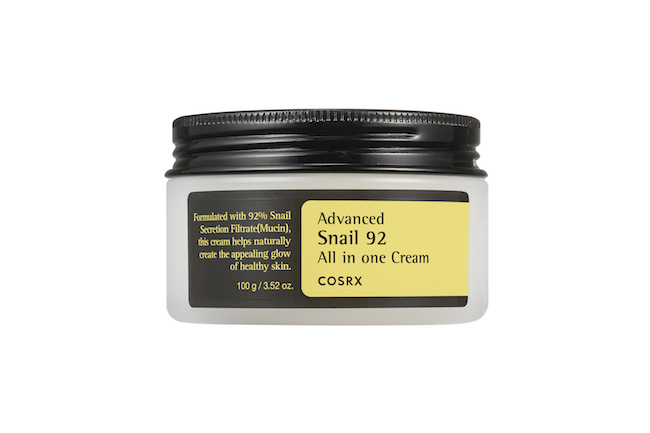Skin Cancer UK recently called for increased legislation on sunbed use, prompting a response from Gary Lipman, Chairman of The Sunbed Association (TSA). Lipman stated that if UV exposure from the sun was as well-regulated as professional sunbed use, there would be a decrease in the incidence levels of burning, which is the main cause of increased risk of melanoma.
According to Lipman, professional sunbeds in the UK are already highly regulated, with laws that prohibit use by individuals under the age of 18. The British Standard also sets limits on the maximum UV output of a sunbed, as well as the number of sessions allowed per year. Additionally, protective eyewear is required to be worn during sessions. Sunbed salons are also required to have staff trained according to British Standards and obtain a license from the local authority to operate.
Furthermore, members of The Sunbed Association must adhere to a Code of Practice, which includes screening customers for any contraindications to tanning. This ensures that only those who are able to tan have access to sunbeds. Trained staff also provide information and advice on responsible tanning, and record tanning sessions to prevent over-exposure and burning. Lipman argues that this level of regulation and safety measures are not present when sunbathing on the beach.
In response to Skin Cancer UK’s claims, Lipman refutes their statistics as inaccurate, outdated, and often misleading. He specifically addresses four of their claims:
Firstly, regarding the claim that using a sunbed increases the risk of melanoma. Lipman points out that this is based on a 2006 IARC report that analyzed existing survey-based studies, rather than clinical studies. He also notes that half of the respondents in the study had used sunbeds at home or in a dermatology clinic, which skews the data. When those respondents are removed, the alleged percentage of increased risk becomes only 6%. Lipman also highlights that the IARC report’s relative risk data shows a 16-times greater risk for medical use of a sunbed compared to commercial use, and that removing fair-skinned individuals from the data eliminates any increased risk from professional sunbed use.
Secondly, Lipman addresses the claim that sunbeds kill approximately 100 people each year in the UK. He explains that this claim is based on assumptions made by Professor Brian Diffey’s report in 2003, and there is no evidence of actual fatalities.
Thirdly, Lipman disputes the statistic that there are 46 new cases of melanoma diagnosed each day in the UK, stating that there is no research that proves a causal link between responsible sunbed use and melanoma.
Lastly, he addresses Skin Cancer UK’s claim that sunbeds emit up to 15 times more UVA than the sun. He notes that the British Standard for professional sunbeds limits the UV output to the equivalent of the Mediterranean summer sun, and that the average sunbed session is only 12 minutes.
Lipman concludes by stating that sunbeds are already banned in some countries such as Australia, Brazil, and Iran, but this has led to uncontrolled and underground use of sunbeds. He also clarifies that the World Health Organization (WHO) included sunbeds in their list of Group 1 carcinogens in 2009, but this does not reflect the size of the risk, only that there is any risk at all.
For media inquiries, please contact Gilly Perkins at 07850 319359 or gillperkins@sunbedassociation.org.uk. More information on professional sunbed use can be found on The Sunbed Association’s website at sunbedassociation.org.uk.





